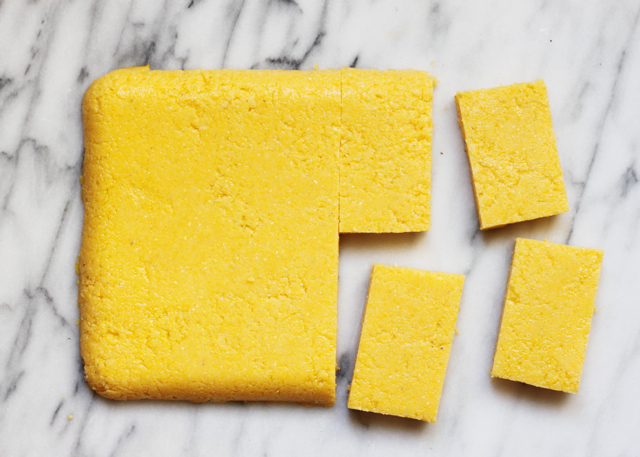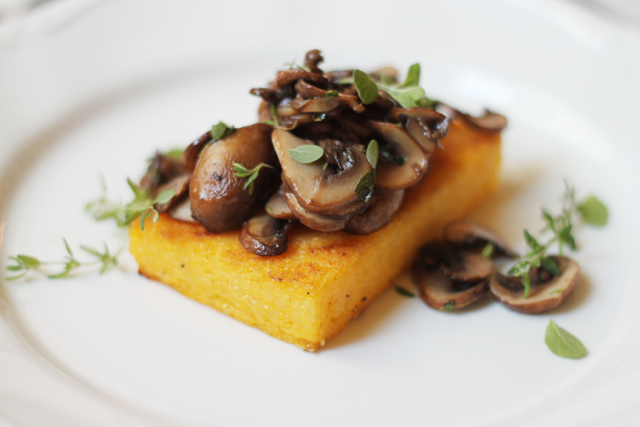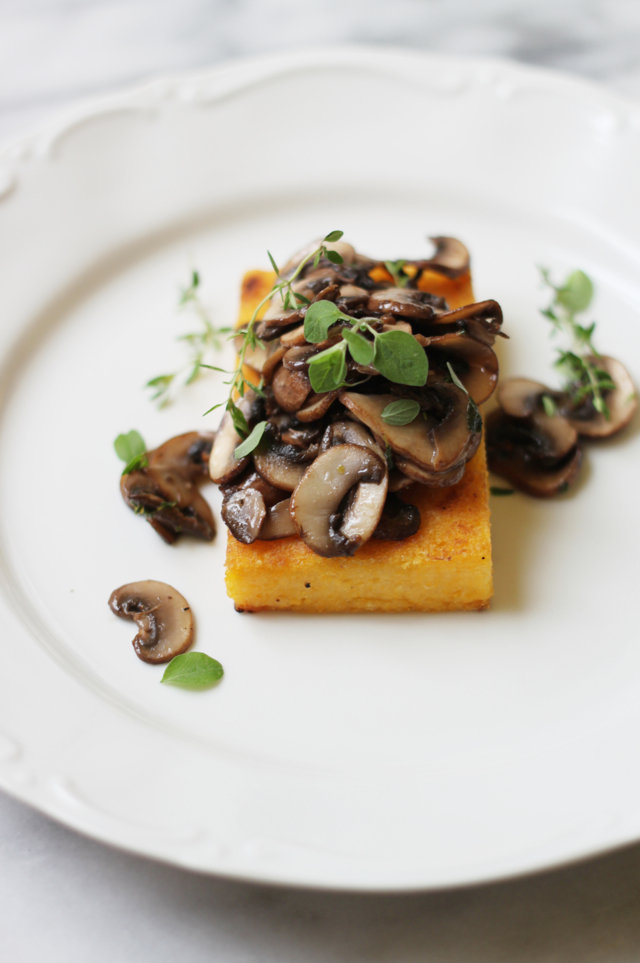A few weeks ago a bomb was dropped. My Tuscan husband, the can’t-live-without-bread, pizza-loving, pasta-making man that he is, was told he has a severe intolerance to wheat and that he’ll need to cut it out, cold turkey.
Needless to say, when your partner or someone in your family has to change his or her diet, it pretty much means that the whole family change their diet, unless you want to cook separate meals to cater to everyone’s needs – I don’t, personally, I find it hard enough some days to get time to cook one meal!

I’ve heard a similar story happen to so many, including some of my favourite bloggers like Emma Galloway from My Darling Lemon Thyme, whose beautiful new cookbook (entirely gluten-free) has been a revelation and a wonderful source of inspiration – I’ve already made her brownies three times and the bánh xèo (crispy Vietnamese pancakes) have made husband a very happy man.
We did quite a bit of experimenting at home as it was very difficult while in Tuscany to eat wheat-free and practically impossible to grab a quick breakfast or a snack while out and about (unless it was cecina or torta di ceci, a delicious chickpea crepe found on the Tuscan coast and some Florentine bakeries).
While gluten intolerance is a relatively new concept in Italy, gluten-free pasta and pizza bases (the ones we tried were terrible, however) are available in some restaurants and are now easy to get in the supermarkets. It was easiest, however, to get by without eating wheat by simply avoiding it altogether, which means foregoing pizza, picking risotto over pasta and polenta over bread, for starters.

I have always loved polenta in all its forms – cooked softly until creamy like mashed potatoes or set hard to slice and grill to use like bread for crostini. It’s also a favourite ingredient of mine to use in baking in place of regular flour, like in this pistachio and polenta cake or these polenta and elderflower cookies.
This recipe for polenta crostini is so versatile and very handy if you need to prepare some gluten-free antipasti. The hard work goes into preparing the polenta, but once it’s cooked and set, which you can do well in advance, you only need to briefly grill, bake or fry the polenta slices before topping with something simple. As with regular bread crostini, you can use just about anything.
This mushroom topping is particularly Tuscan. It’s a lovely autumnal dish, incredibly simple and tasty, but other classic toppings for polenta crostini are ragu (which makes for a hearty meal of its own) or baccalà mantecato (whipped cod) for a bit of Venice on your plate.
This recipe first appeared in print in The Canberra Times Good Food section.

Polenta crostini with mushrooms
To prepare polenta for making crostini, you need a slightly higher ratio of polenta to water than you would for a soft polenta and a coarse-ground meal such as bramata. Fioretto, a finer grind, is best for a creamier, soft polenta or for baking cakes or biscuits. There’s also instant polenta, which is partially-cooked then dried again and takes just minutes to prepare but what you make up for in time, you’ll sacrifice in flavour – but it’s not bad for those times when you quickly want to make a polenta that you will then grill, bake or deep fry such as for these crostini.
Makes about 10 crostini
For the polenta:
1 litre water
300 grams of coarse polenta (Bramata)
pinch of salt
For the mushroom topping:
2 tablespoons olive oil
15 grams of butter
500 grams of mushrooms
2 garlic cloves
handful of herbs such as thyme, calamint or oregano
salt and pepper
To prepare the polenta crostini, cook the polenta with the water and salt in a large non stick saucepan over gentle heat for about 30-40 minutes to create a very dense, very thick polenta. Use a wooden spoon to stir often – it may help to have another set of hands to take over when your arms get tired. If the polenta starts making big bubbles turn the heat down to the minimum or remove it from the heat for a minute.
When cooked, remove from the heat and transfer the polenta to a large casserole dish or baking tray greased with olive oil. Quickly (as it sets fast), press the polenta down with a silicon spatula, or if it’s not too hot, with your hands, spreading it out as you go, until it is about 2cm thick and relatively smooth on top. Let cool completely.
Once set, cut the polenta into rectangular slices about 7×5 cm. Place them on a baking tray lined with baking paper and bake at 200ºC until they are golden and crisp on the outside, about 20 minutes. Alternatively, you can brush them with a bit of olive oil and then grill or barbecue them until golden.
In the meantime, prepare the mushroom topping. Remove the stems, clean the caps gently of any dirt with some kitchen paper and slice thinly. Squash the garlic cloves with the back of a knife and saute the mushrooms and garlic in the olive oil and butter until the mushrooms are soft and cooked. Remove the garlic cloves, add fresh herbs and season with salt and pepper.
Top the hot crostini with the warm mushroom mixture and serve immediately.
Original Website: Going wheat free: Polenta crostini with mushrooms | Emiko Davies


 English
English  中文
中文